- About us
- Support the Gallery
- Venue hire
- Publications
- Research library
- Organisation chart
- Employment
- Contact us
- Make a booking
- Onsite programs
- Online programs
- School visit information
- Learning resources
- Little Darlings
- Professional learning
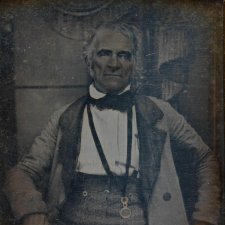
Charles Windeyer (1780-1855), magistrate, emigrated to Australia in 1828, having worked as a journalist, publisher and parliamentary reporter in London.
2 portraits in the collection
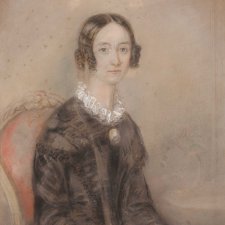
Ann Mary Windeyer (née Rudd, c. 1783–1865) arrived in Sydney in 1828 with her husband Charles Windeyer (1780–1855) and nine of their ten children.
1 portrait in the collection
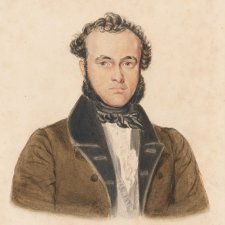
Richard Windeyer (1806-1847), journalist, barrister and politician, was the eldest of the ten children born to Charles Windeyer and his wife Ann Mary and remained in England when the rest of his family went to New South Wales.
3 portraits in the collection
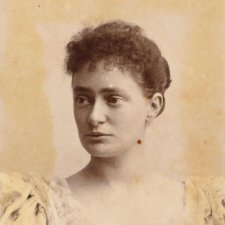
Jane Windeyer (1865–1950) was the second eldest daughter of politician and judge Sir William Charles Windeyer (1834–1897) and his wife, Mary (née Bolton, 1837–1912), a leading campaigner for women’s rights.
2 portraits in the collection
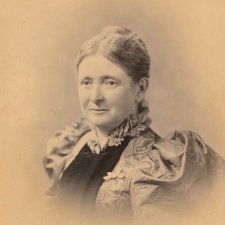
Mary Windeyer (née Bolton, 1837-1912), women's rights campaigner, was one of the nine children of Robert Thorley Bolton, a clergyman who emigrated to New South Wales in 1839.
3 portraits in the collection
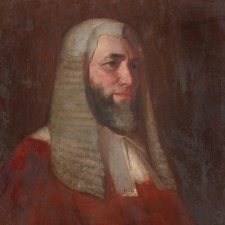
Sir William Windeyer (1834-1897) was a politician and judge. One of the first undergraduates to study at the University of Sydney, he developed a particular interest in education and the rights of women - he was responsible for the Married Women's Property Act of 1879, and was Founding Chairman of the university's Women's College.
4 portraits in the collection
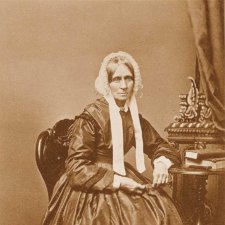
Maria Windeyer (née Camfield, 1795–1878), landowner, emigrated to New South Wales in 1835 with her husband Richard, a barrister, and their infant son, William Charles.
2 portraits in the collection

Charles Ulm (1898-1934) began work as a clerk in a stockbroking office after he left school, but enlisted under a false identity in the 1st Battalion of the AIF just before his 16th birthday.
2 portraits in the collection
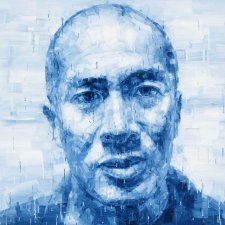
Charles Teo AM (b. 1957) is a neurosurgeon. Born in Sydney, where he attended Scots College and graduated in medicine and surgery from the University of New South Wales, he worked for some years at the Children’s Medical Center, Dallas, Texas and was Associate Professor of Neurosurgery at the University of Arkansas.
1 portrait in the collection
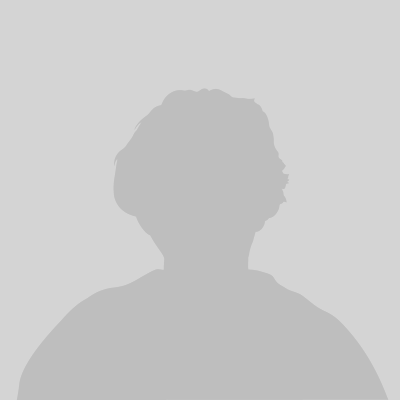
Charles Abraham, son of a London architect, trained at the Royal Academy schools under the sculptor Sierier, and for a further three years in Paris and Rome.
1 portrait in the collection
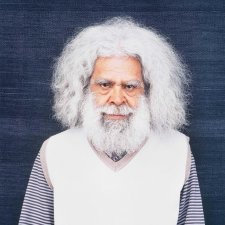
Jack Charles (1943–2022) was a revered Wiradjuri, Boon Warrung, Dja Dja Wurrung, Woiwurrung and Yorta Yorta Elder, activist, actor, musician and artist.
1 portrait in the collection

Charles Turner (1773-1851), engraver, was born in Oxfordshire and moved to London at the end of the 1780s.
2 portraits in the collection
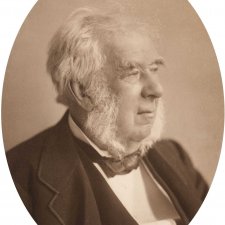
Sir Charles Nicholson (1808-1903), statesman, landowner, businessman, connoisseur, scholar and physician, was born illegitimately into unpropitious circumstances in Yorkshire.
2 portraits in the collection

Charles Kean (1811-1868), actor, threw in his Eton education when his mother was deserted by his penniless father, the tragedian Edmund Kean.
1 portrait in the collection

Born in Lincolnshire, Charles Hewitt (1837–1912) had begun working in Melbourne by 1860 and was one of the founding members of the Photographic Society of Victoria.
3 portraits in the collection

Charles Troedel (1835-1906), born in Hamburg, was working in Norway when he was headhunted by AW Schuhkrafft, a Melbourne printer who seeking European craftsmen.
1 portrait in the collection